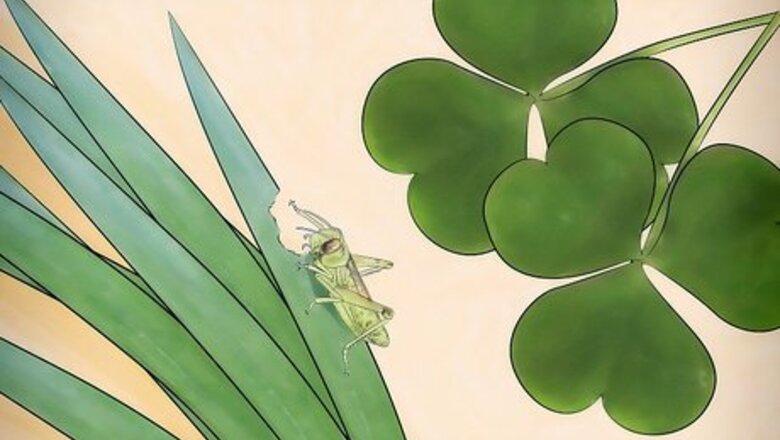
views
Feeding Baby Grasshoppers
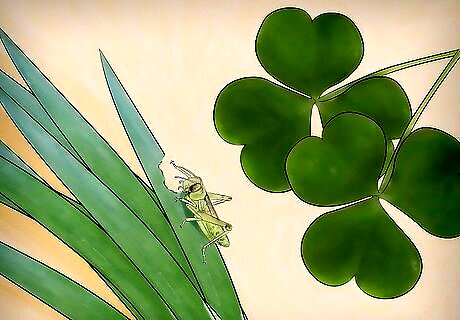
Feed them tender plants. Grasshopper nymphs prefer more tender plants that they can digest easily, rather than tougher veiny plants. Some examples of plants that are good for young grasshoppers to eat are clover and fresh shoots of grass.
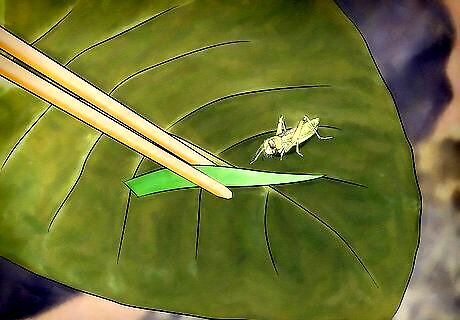
Place the food near them. Baby grasshoppers (also called nymphs) are tiny and fragile. They can't move around much, so they are only able to eat what is nearby. Make sure you put their food as close to them as possible so that they can access it.
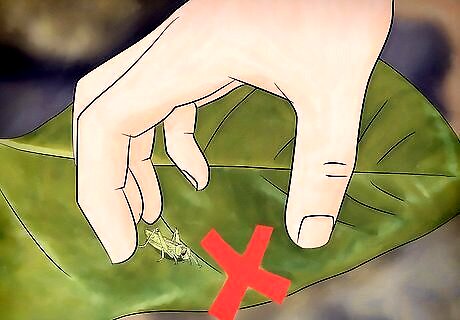
Don't try to pick them up. Grasshopper nymphs are so small and delicate that even the most gentle of touches can hurt or maim them. Keep them in their enclosure, but don't try to pick them up or hold them until they are larger and more durable.
Feeding Adult Grasshoppers

Research what grasshoppers like to eat. Grasshoppers prefer to eat plants in the grass family such as alfalfa, wheat, corn, and barley. These types of plants are the easiest for grasshoppers to digest and, therefore, are their natural preference for food.
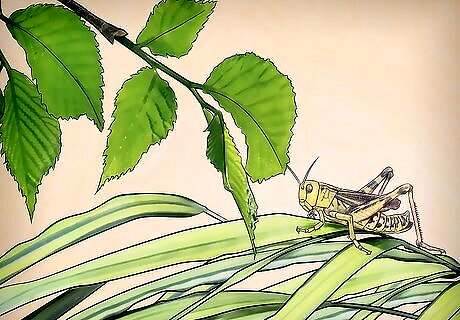
Give your grasshopper a variety of food. Grasshoppers have special chemicals in their stomachs and saliva that allow them to break down the carbohydrates in drier plants and use it for energy. Try giving them tree leaves and other green plant materials to eat.

Use your leftover vegetables. Grasshoppers will also eat lettuce, cabbage, and other vegetables that you might have around the kitchen. So, instead of throwing your green scraps away, give them to your grasshopper. Make sure you wash your vegetables thoroughly before giving them to your grasshopper to remove any residual pesticides.
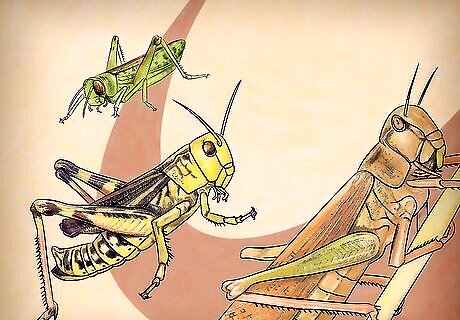
Learn how to prevent locust feeding behavior. When too many grasshoppers exist in the same space, a chemical reaction is triggered and the grasshoppers grow much larger and lay eggs more quickly. This is what happens when grasshoppers turn into locusts. Once the locusts have formed, they are able to swarm together and consume nearly any vegetation in their path. To keep this from happening, make sure your grasshopper has plenty of room to roam and grow in whatever container you have them in. And don't put too many grasshoppers together in the same container. As long as they have enough space and don't feel too close to other grasshoppers, your grasshopper won't turn into a locust.
Caring For Your Grasshopper
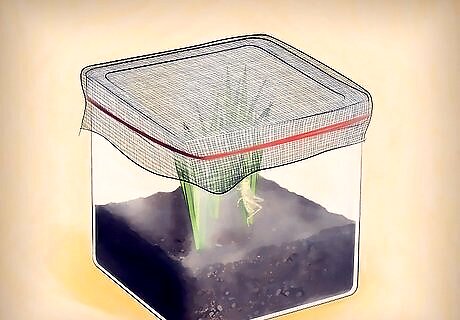
Make sure you provide air for your grasshopper. Grasshoppers need to breathe too, so don't put them in a jar and expect them to be fine. You need to at least poke some holes in the lid of the jar or put some kind of mesh on as a lid instead.
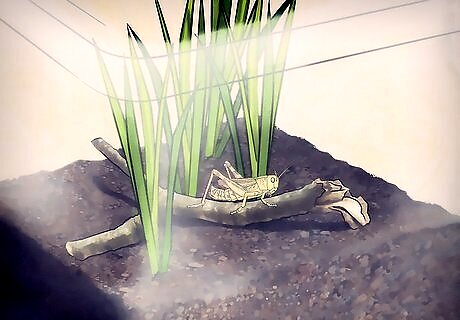
Give your grasshopper some twigs. Try to make your grasshopper's home as close to the real thing as possible. In addition to their regular food, put some twigs and grass in their enclosure. Lean some of the twigs against the wall so that the more or less stand upright. This will give your grasshopper something to stand on and jump in between just like they do out in nature.
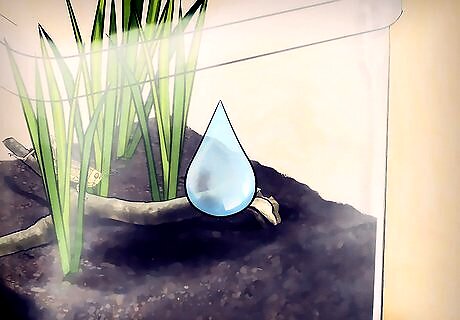
Put some moist sand in the enclosure. Female grasshoppers need to lay eggs. They prefer to do this in sand, so it is important that you include a small area of sand in their enclosure. The sand needs to remain moist (they won't lay eggs in dry sand), so you'll need to check it every day or two to see if you need to add more water. Note: the sand should be moist, not wet or muddy.
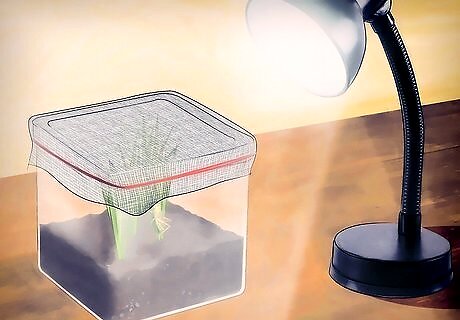
Give your grasshopper some light. Grasshoppers are insects, so they don't have the ability to regulate their body temperature like mammals do. They need a light source in or near their home so that they don't freeze. Keep a light bulb or desk lamp on near their enclosure for approximately 16 hours every day.
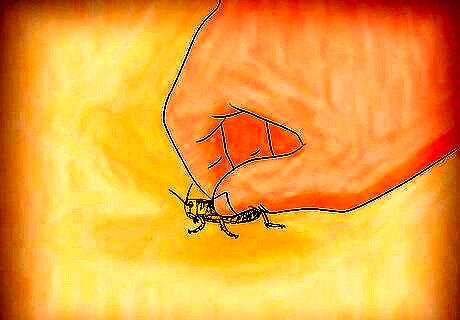
Be gentle when you handle them. Adult insects can be picked up and handled by humans, as long as you do so very carefully. Grab them gently by the thorax (this is kind of like the insect's torso). Make sure you don't try to pick them up by one of their legs as you might accidentally pull it off.













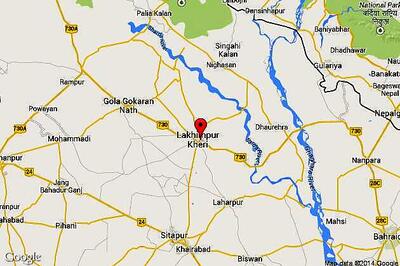



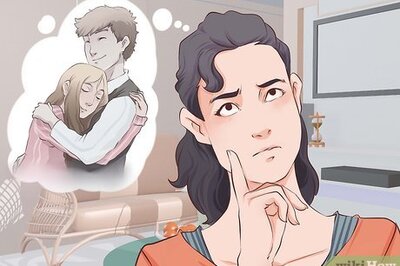

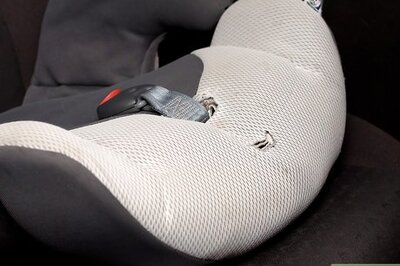
Comments
0 comment